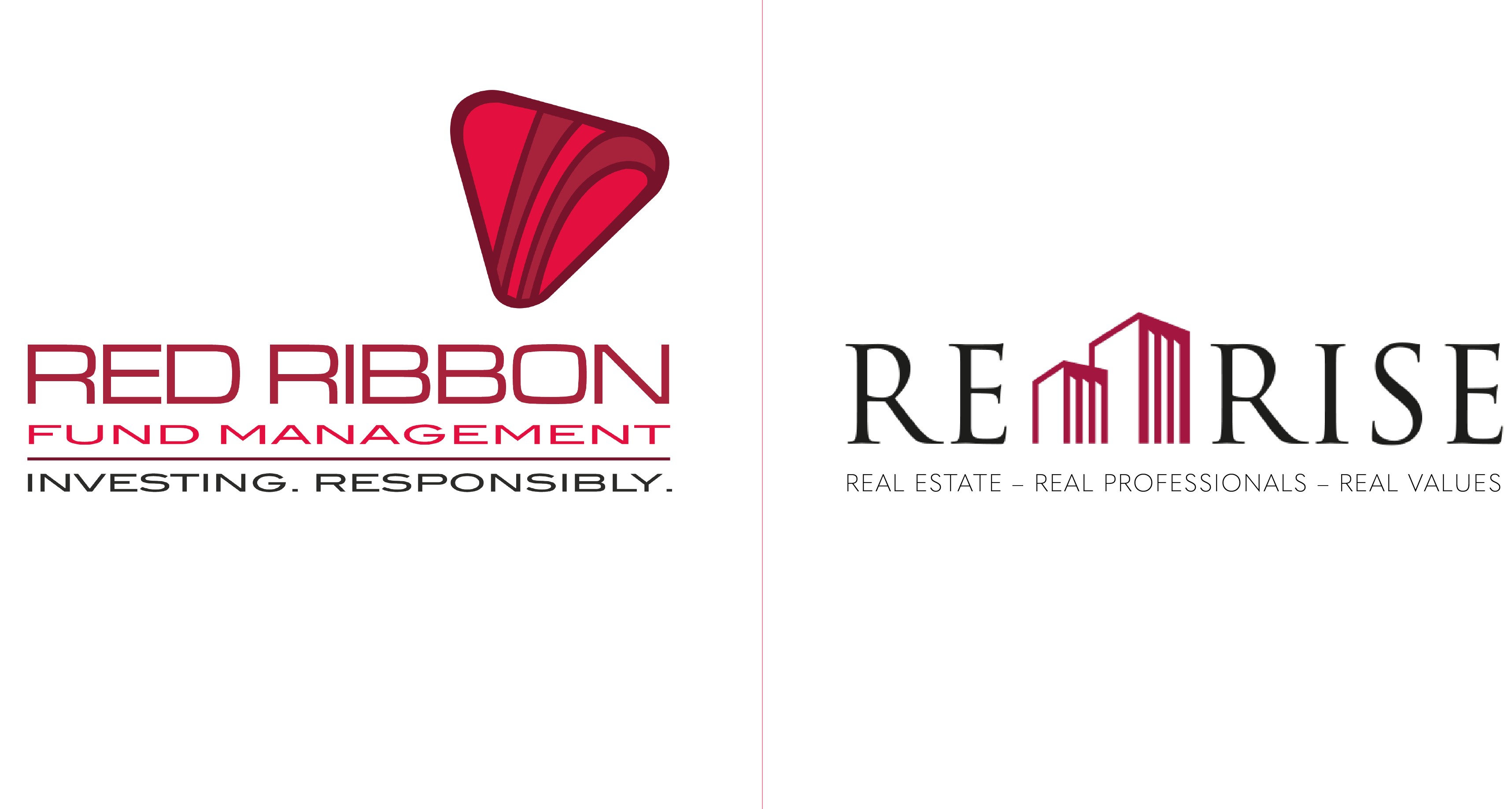Affordable Housing for India: A Perfect Storm of Opportunity
Mumbai’s skyline has, of course, been transformed beyond recognition over recent years, but its glass pinnacles are well beyond the reach of all but its wealthiest residents. So you need to look closer to the earth to find the true driver behind the subcontinent’s resurgent real estate sector.
India’s increasingly youthful population is moving out of the countryside at an increasing rate in search of better work, pay and living conditions and this is precisely the demographic the Affordable Housing Policy is designed to appeal to, because the dream of having a home (or a flat) of one’s own resonates like nothing else with this new wave of discriminating voters on the subcontinent…and nobody knows that better than Narendra Modi. His Government has aggressively pursued legacy policies on housing with the introduction of a raft of new tax incentives over the course of the last two Union Budgets, including giving infrastructure status to qualifying affordable housing, offering developers increased tax concessions and providing buyers with a range of fiscal incentives including subsidised interest payments.
And it’s not just voters who are being energised: investors are responding positively too in increasingly ingenious ways. For example, because banks in India aren’t allowed to finance land acquisitions the Private Equity Fund KKR has moved into the sector to offer development funding directly to contractors, taking an equity stake in the completed project. In what might be taken by some as a statement of the obvious, Sanjay Nayar of KKR India pointed out that “with the right project and partners, there’s good money to be made”.
There is indeed Mr Nayar.
Chris Wood of Citic Securities perhaps put it a little more eloquently: “Affordable housing in India remains one of the most straightforward bull stories in Asian equities. There will be an acceleration in economic activity in India in the coming 18 months driven by housing.”
But there is, of course, at least one (more or less hidden) difficulty with all of that. Given such a voracious and burgeoning consumer appetite coupled with capital market ambition and expansionist government policies, where are all these new homes going to come from? As we have noted previously on this site, stoking up such high levels of demand means India is now committed to building 856 new homes every hour between until 2050. Traditional construction technologies simply aren’t up to that kind of challenge, which is why commentators (including KPMG India’s Director of Real Estate Neeraj Bansal) have pinpointed Modular Construction as the single most important innovator in the sector.
By prefabricating units at scale and off site, Modular Construction is capable of delivering affordable housing on the required scale and at a reasonable cost: three times quicker and half as expensive as traditional construction methods. It is perfectly positioned to meet the demands and opportunities being created by this perfect storm in India’s real estate markets.
As Mr Nayer would probably say over at KKR: “there’s good money to be made”.
Modulex Construction is the World’s largest and India’s first Steel Modular Building Company, working to meet the Challenge of India’s urban housing shortages in a practical and focused manner. It was established by Red Ribbon to harness the potential of India’s dynamic and fast evolving markets, delivering exciting opportunities for investors. Because, when it comes to investing on the subcontinent, nobody knows India and its markets better than Red Ribbon.
Modulex Modular Buildings Plc is the World’s largest and India’s first Steel Modular Building Company, working to meet the Challenge of India’s urban housing shortages in a practical and focussed manner. It was established by Red Ribbon to harness the full potential of India’s dynamic and fast evolving markets, delivering exciting opportunities for investors because, when it comes to investing on the subcontinent, nobody knows its markets better than Red Ribbon.
[nectar_btn size="large" open_new_tab="true" button_style="regular" button_color_2="Accent-Color" icon_family="none" url="https://modulexglobal.com/ordinary_shares" text="Invest in Pre-IPO opportunity in Modulex "]
Red Ribbon CEO, Suchit Punnose said:
For me, the key determinant of exponential growth in India’s real estate sector over recent years is the combination of an unprecedented growth in the subcontinent’s population and a rapid trend for its urbanisation: largely, as the article rightly points out, a product of this rapidly expanding population becoming progressively more youthful and more affluent. In time honoured fashion, India’s younger demographic is streaming from village to city with money in its pocket (in the hope of making more).
This is the demographic that Prime Minister Modi has so successfully appealed to through his Government’s re-energised Affordable Housing Programme: the other key factor driving growth in the sector. As with some of his other radical initiatives, the scale and scope of the programme has at times been breathtaking, but in truth it has to be to meet the sheer scale of the challenge.
And when it comes to delivering a workable solution to that challenge it seems to me, as most expert commentators now recognise, that the attraction of Modular Construction is simply inescapable. No other technology offers the pace and scale of delivery needed to meet India’s housing needs. That’s why Red Ribbon was committed to Modulex Construction from the very beginning of the project and we remain committed to it today. I’m convinced it is a vital element in meeting the challenges as well as making the most of the opportunities currently being presented by the subcontinent’s markets.
But none of that should beguile us from forgetting the sheer scale of the housing challenge India currently faces, in common with other leading global economies. Traditional construction technology simply can’t deliver to the scale and pace required by projected demand on existing governmental programmes. No wonder then than Modular Construction is a policy priority for Prime Minister Modi’s Government. It’s only a question of time before others follow suit…
[social_buttons full_width_icons="true" facebook="true" twitter="true" google_plus="true" linkedin="true" pinterest="true"]




